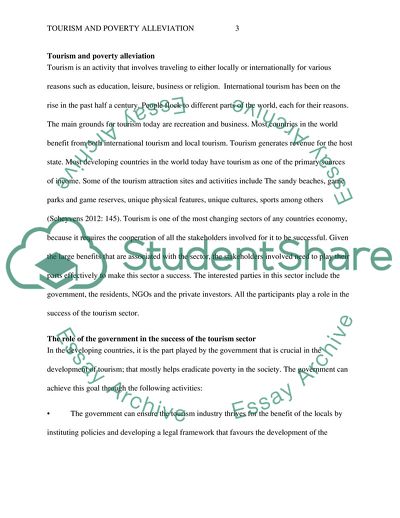Cite this document
(Tourism and Poverty Alleviation Coursework Example | Topics and Well Written Essays - 2500 words, n.d.)
Tourism and Poverty Alleviation Coursework Example | Topics and Well Written Essays - 2500 words. https://studentshare.org/tourism/1852790-tourism-and-poverty-alleviation
Tourism and Poverty Alleviation Coursework Example | Topics and Well Written Essays - 2500 words. https://studentshare.org/tourism/1852790-tourism-and-poverty-alleviation
(Tourism and Poverty Alleviation Coursework Example | Topics and Well Written Essays - 2500 Words)
Tourism and Poverty Alleviation Coursework Example | Topics and Well Written Essays - 2500 Words. https://studentshare.org/tourism/1852790-tourism-and-poverty-alleviation.
Tourism and Poverty Alleviation Coursework Example | Topics and Well Written Essays - 2500 Words. https://studentshare.org/tourism/1852790-tourism-and-poverty-alleviation.
“Tourism and Poverty Alleviation Coursework Example | Topics and Well Written Essays - 2500 Words”. https://studentshare.org/tourism/1852790-tourism-and-poverty-alleviation.


